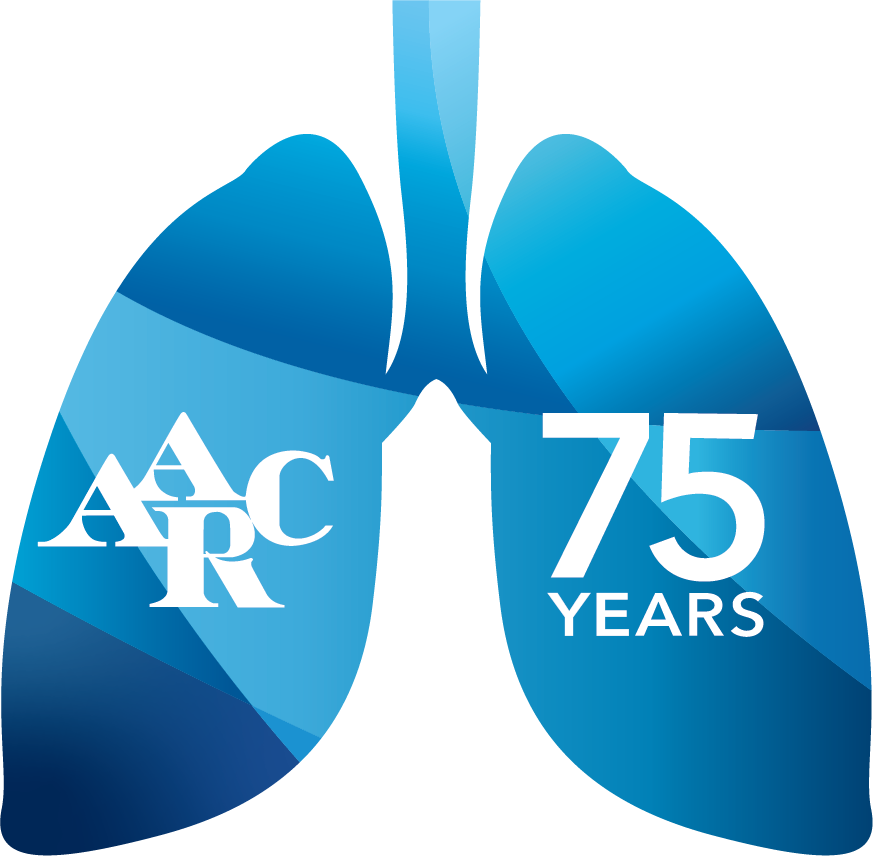Thanks to everyone who answered our poll questions last month. Not surprisingly, the majority of you felt licensure was a big AARC milestone. Although inhalation therapy had been around for decades, we didn’t pursue licensure for the profession until the 1980s. In 1980, future AARC President Jeri Eiserman, MBA, RRT, FAARC, was appointed the AARC’s Licensure Coordinator. She worked with the chartered affiliates in their pursuit of meaningful, nonrestrictive licensure that did not preclude or otherwise interfere with the practice of persons and health providers formerly trained and licensed by appropriate agencies of the state.
The AARC was a clearinghouse of information, sharing the common steps with the membership and developing resources, including a model state practice act that recognized the practice of respiratory care to be a dynamic and changing art and science and protected the public from unqualified professionals engaging in the practice. Working with the AARC, the chartered affiliates were able to successfully improve their efforts to obtain legal recognition of the profession on a state/territory/district level. As of today, Alaska is the only state without a practice act for respiratory therapists.
However, the journey has not been easy, and we continue to fight for RT recognition and scope of practice. Licensure acts face threats, sometimes from outside the profession and sometimes from within. The AARC and chartered affiliates continue to work together to protect the scope of practice and to ensure every patient has access to quality respiratory care from a qualified respiratory therapist.
Before licensure, RTs relied on the national credentials to validate their qualifications. The first credential was earned by Sister M. Yvonne Jenn in 1960. She was the first Registered Inhalation Therapist, a member of the AAIT Board of Directors and one of the original nine incorporators of the American Registry of Inhalation Therapists – now known as the NBRC.







